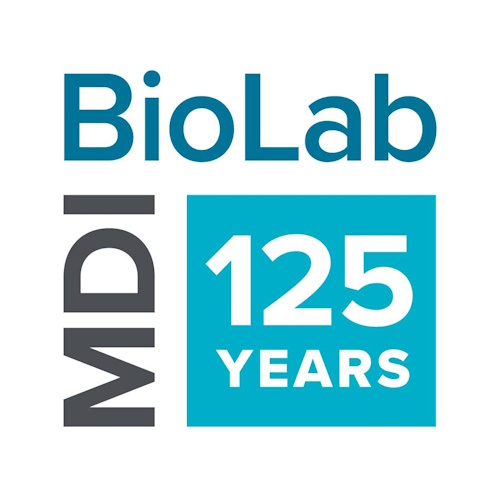Key points from article :
In a remarkable breakthrough, scientists have extended the lifespan of the tiny roundworm Caenorhabditis elegans by 500% through genetic manipulation of two key cellular pathways. The study, led by Dr. Jarod A. Rollins of the MDI Biological Laboratory and Dr. Jianfeng Lan of Nanjing University, was published in Cell Reports and could have major implications for developing anti-ageing treatments in humans.
The researchers targeted the insulin signaling (IIS) and Target of Rapamycin (TOR) pathways, both of which are well-known for their roles in ageing and cellular metabolism. Individually, modifying these pathways results in moderate lifespan increases—about 100% for IIS and 30% for TOR. But when altered together, the worms didn’t just live longer—they lived five times their usual lifespan, a result that shocked the team. Rollins described the effect as “one plus one equals five,” emphasizing the synergistic nature of the changes.
This discovery adds weight to the theory that ageing is governed by a “longevity network”—an intricate web of interacting biological systems rather than isolated genes. The study also points to mitochondria, the energy-producing structures in cells, as key players in this network. Previous research has shown that promoting mitochondrial health through practices like intermittent fasting can help maintain a youthful state in cells and potentially extend life.
While the findings in C. elegans may not directly translate to humans, the cellular pathways involved are shared across species. The study offers promising directions for future anti-ageing therapies, suggesting that combination treatments targeting multiple systems at once may be more effective than those aimed at a single gene or mechanism.






